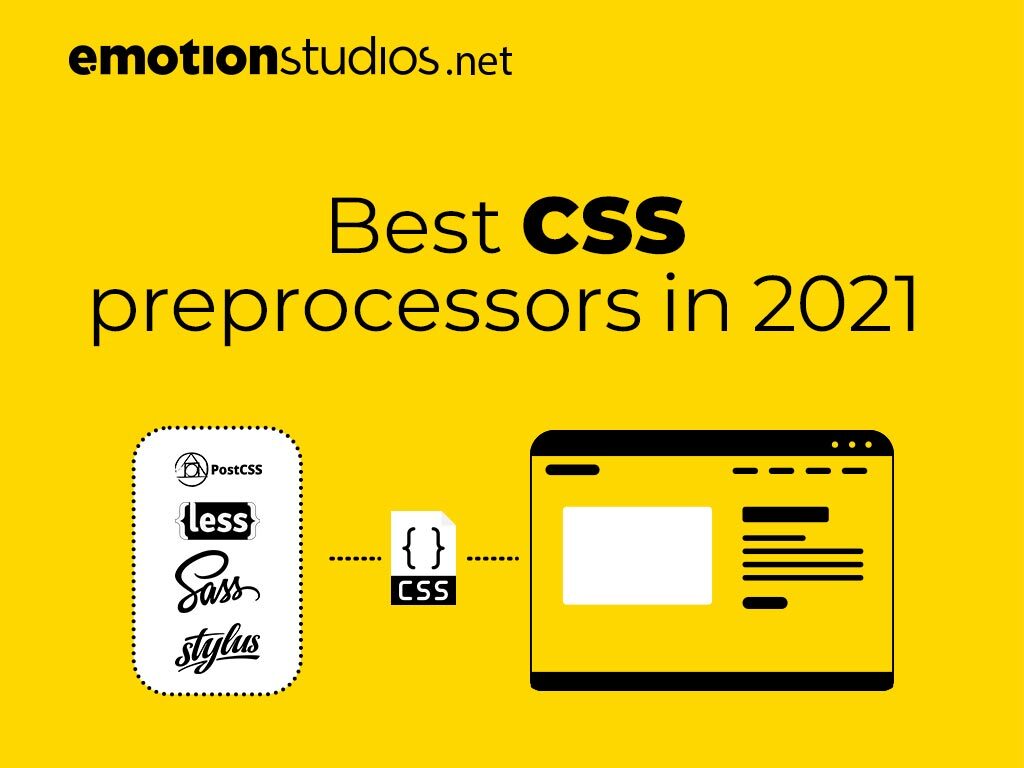Let’s be honest—we’ve all lived in the Console tab at some point. But browser DevTools are so much more than console.log() statements and red error messages. Whether you’re debugging a layout glitch, tracking down a sluggish script, or trying to figure out why your app randomly breaks in production, DevTools can help.
Here’s a friendly walkthrough of the DevTools tabs you should be using more often—and what they can do for you.
Network – Your Site’s Nervous System
Think of the Network tab as your browser’s detective. It shows every request your site makes: images, scripts, APIs, fonts, third-party stuff, and more. Open it, refresh the page, and you’ll see the real story of how your site loads.
Use it to:
- Identify slow-loading assets or failed requests
- Catch unexpected 404s, 500s, or CORS issues
- Replay API calls without refreshing the whole page
- Disable caching to simulate first-time visits
Why it matters: Most “slow” websites aren’t actually slow—they’re just waiting on something. Network helps you figure out what.
Performance – Find What’s Dragging You Down
Your site might look fast… but does it feel fast? The Performance tab lets you record and dissect how your app behaves in real time—from load to animation to user input.
Use it to:
- Visualize what’s blocking the main thread
- Spot expensive layout calculations or long JavaScript tasks
- Fix animation stutter and scroll jank
- Measure how quickly your page becomes interactive
Why it matters: This tab turns “I think this is slow” into “this is taking 117ms because of X.”
Application – Where Your Site Stores Stuff
This one’s often overlooked, but it’s gold. The Application tab shows you everything your app stores on the user’s browser: cookies, localStorage, sessionStorage, IndexedDB, cache, and even service workers.
Use it to:
- Debug login persistence and auth flows
- See what’s stored, what’s cached, and what’s expired
- Reset data without touching your code
Why it matters: If your app behaves weirdly “only sometimes,” storage is a great place to start looking.
Lighthouse – One Click to Better Performance (and SEO)
Need a quick snapshot of how your site performs? Hit Lighthouse. This tool gives you a full audit covering performance, accessibility, SEO, best practices, and PWA features.
Use it to:
- Check Core Web Vitals
- Spot accessibility issues early
- Improve search engine readiness
Why it matters: This is the report you show your boss (or your client) to prove how much you’ve improved the site.
Rendering & Layers – For the Visual Glitches
When something looks wrong but you can’t explain why, head to the Rendering and Layers tabs. These tools help you understand how the browser is drawing (or misdrawing) your content.
Use it to:
- Debug z-index and stacking issues
- See where layout shifts or overflows happen
- Detect GPU usage and compositing layers
Why it matters: It’s like x-ray vision for your front end.
Bonus Tools Worth Exploring
DevTools is packed with hidden gems:
- Sources: Set breakpoints and step through JS line by line
- Coverage: Find unused code and trim the fat
- Memory: Track down leaks and reduce heap usage
Each of these can save you hours—once you know they exist.
Final Thoughts
Using DevTools well doesn’t just make you a better debugger—it makes you a better developer. You’ll understand how browsers really work, catch issues earlier, and build faster, smoother, more reliable experiences. So go ahead—explore the tabs, hit record, click around, and break things (safely). Your users will thank you.
Need help making sense of all this? At EMOTIONStudios, we use DevTools every day to fine-tune, troubleshoot, and transform websites into fast, accessible, and reliable experiences. Let us help you get there, too.



